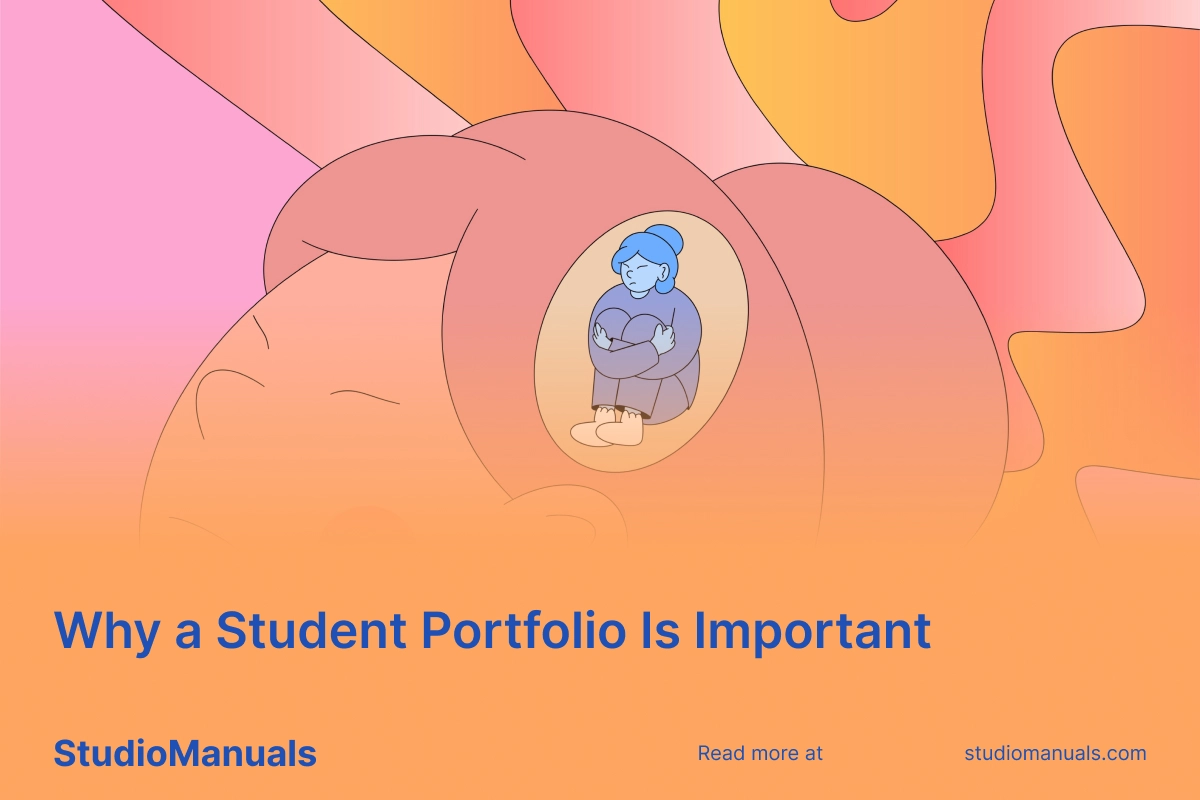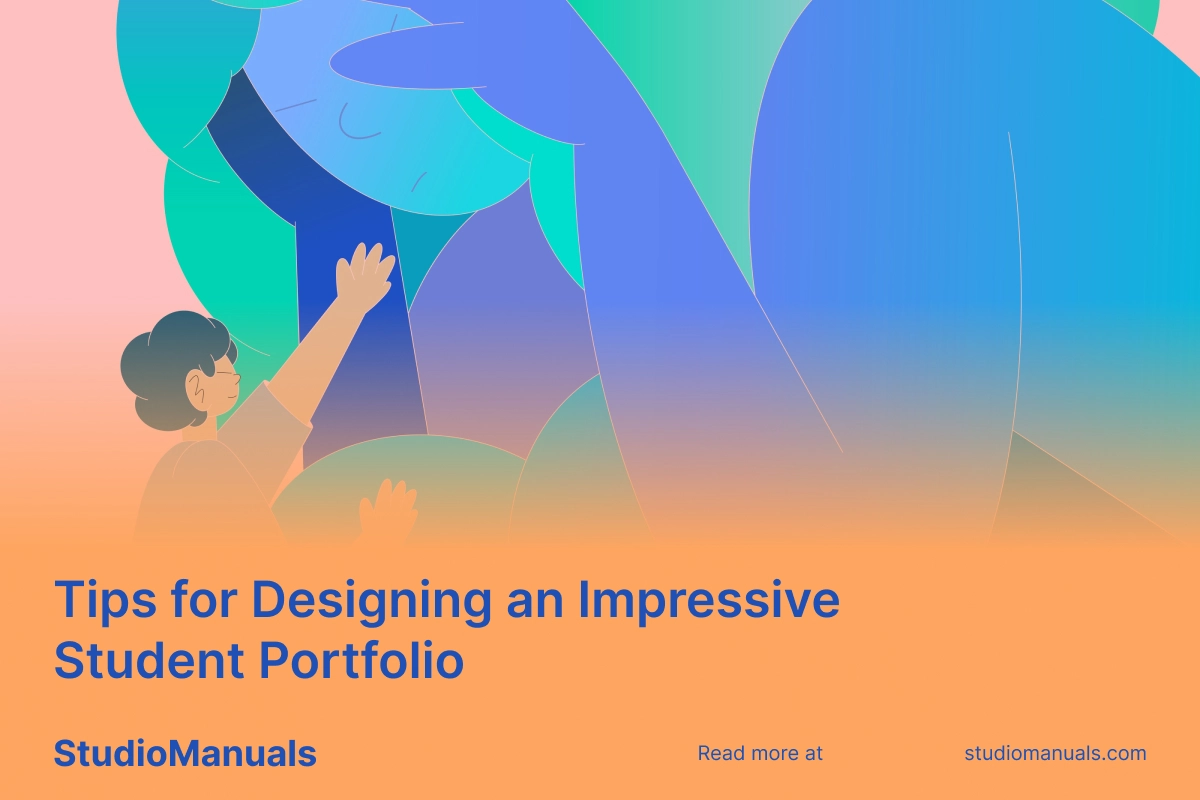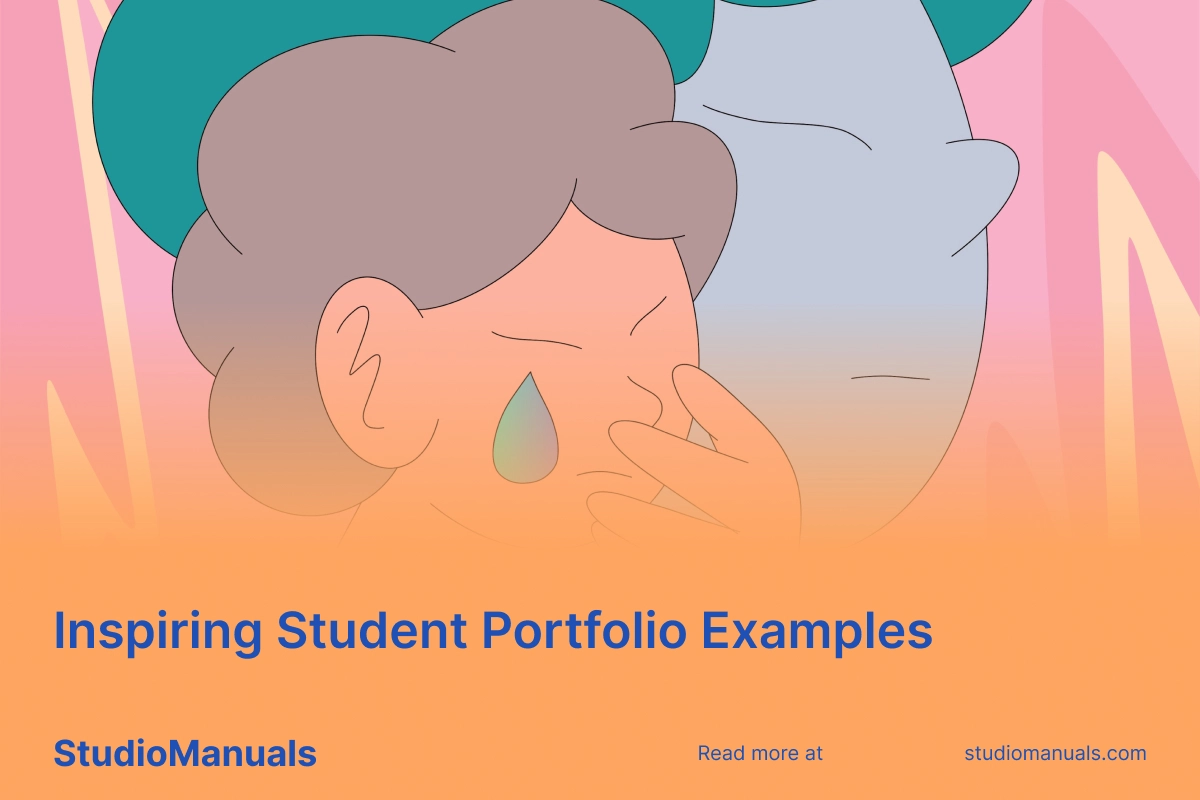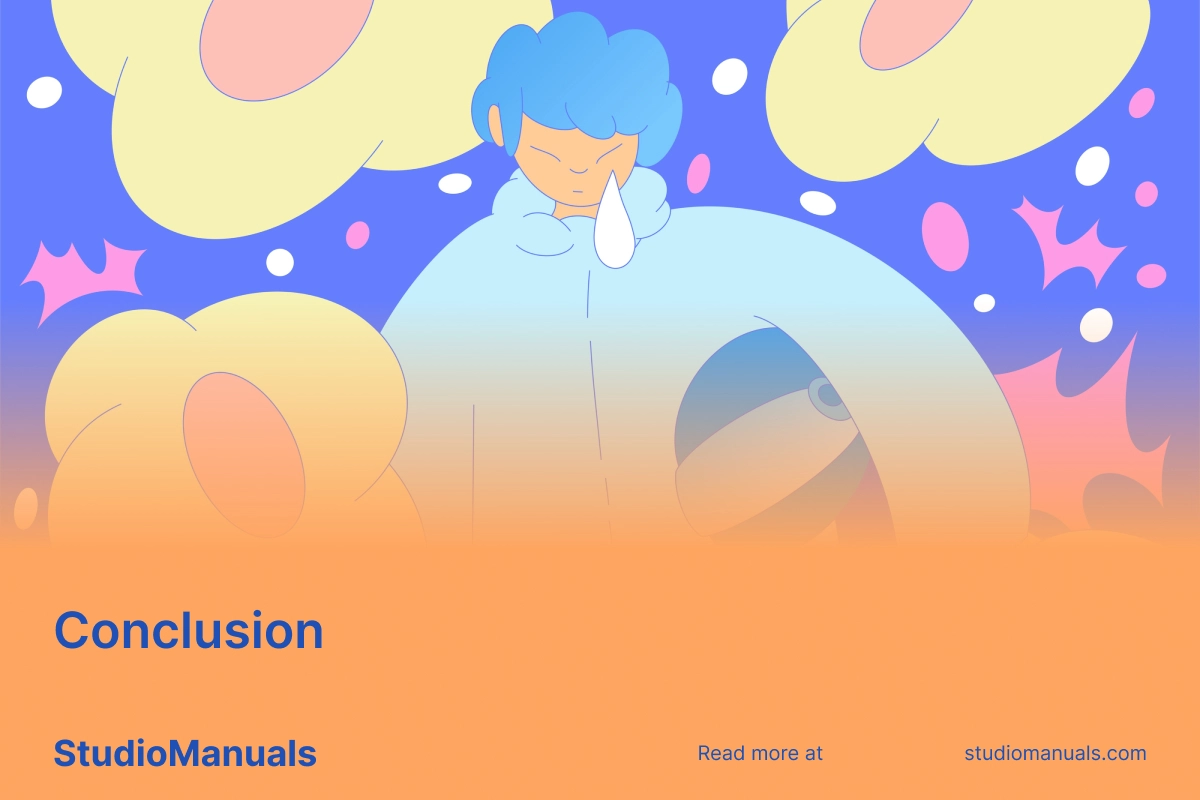A student portfolio is an essential tool for showcasing your skills, creativity, and academic journey. Whether you are applying for internships, jobs, or further education, a well-designed portfolio can make a significant difference in how you present yourself to potential employers and institutions. In this article, we will explore effective strategies for designing a standout student portfolio and provide inspiring examples to guide your creation process.
Table of contents:
- Why a Student Portfolio Is Important
- Tips for Designing an Impressive Student Portfolio
- Inspiring Student Portfolio Examples
- Conclusion

Why a Student Portfolio Is Important
A student portfolio serves as a visual representation of your abilities and achievements. It allows you to demonstrate your skills, creativity, and growth throughout your academic career. A well-organized portfolio can help you:
- Stand Out: In a competitive job market, a unique portfolio can distinguish you from other candidates.
- Showcase Your Work: It provides a platform to present your best projects and achievements in a visually appealing way.
- Reflect Your Personal Brand: Your portfolio is an opportunity to express your personality and design style, giving potential employers insight into who you are as a designer or creative.

Tips for Designing an Impressive Student Portfolio
1. Define Your Purpose and Audience
Before you start designing your portfolio, identify its purpose and target audience. Are you applying for a specific job, internship, or educational program? Understanding your audience will help you tailor your portfolio to meet their expectations and needs.
2. Select Your Best Work
Quality is more important than quantity. Choose 8-10 of your best projects that showcase a range of skills and styles. Consider including work that aligns with the type of opportunities you are pursuing. Each project should demonstrate your abilities and creative process.
3. Tell the Story Behind Each Project
For each piece in your portfolio, include a brief description that outlines the project’s context, your role, and the design process. Highlight the challenges you faced and how you overcame them. This storytelling aspect adds depth to your work and engages the viewer.
4. Create a Cohesive Design
Your portfolio should have a cohesive look and feel that reflects your personal brand. Use consistent colors, fonts, and layout throughout the portfolio to create a professional appearance. Ensure that the design enhances your work rather than distracts from it.
5. Include a Variety of Formats
Consider including a mix of formats in your portfolio, such as images, videos, and interactive elements. For instance, if you’re a graphic designer, include images of print designs, digital layouts, and branding projects. If you’re a photographer, showcase your best shots alongside any editorial or promotional work.
6. Optimize for Digital Presentation
In today’s digital age, having an online portfolio is essential. Create a website or use platforms like Behance, Dribbble, or Adobe Portfolio to host your work. Ensure your online portfolio is easy to navigate and optimized for mobile devices.
7. Seek Feedback
Before finalizing your portfolio, seek feedback from peers, mentors, or professors. Constructive criticism can help you identify areas for improvement and ensure your portfolio effectively showcases your skills.

Inspiring Student Portfolio Examples
Here are some examples of standout student portfolios that successfully showcase creativity and professionalism:
1. Jessica Fong’s Graphic Design Portfolio
Jessica Fong’s Portfolio features a clean layout with vibrant visuals that highlight her branding projects and illustrations. Each project includes a description of her creative process, demonstrating her thoughtfulness and attention to detail.
2. John Smith’s Photography Portfolio
John Smith’s Photography Portfolio presents a stunning array of images categorized by themes such as landscape, portrait, and editorial. His use of a minimalist design allows his photos to take center stage, while concise captions provide context for each shot.
3. Michael Chen’s Illustration Portfolio
Michael Chen’s Portfolio showcases his unique illustration style through a colorful, engaging layout. He includes both personal and commissioned work, along with stories that describe his creative inspiration and techniques.
4. Laura Martinez’s Art Portfolio
Laura Martinez’s Art Portfolio features a diverse range of mediums, from painting to digital art. Her well-organized layout and cohesive color palette create a visually appealing experience, while her artist statement gives insight into her artistic journey.

Designing a standout student portfolio is essential for showcasing your work and making a lasting impression on potential employers or educational institutions. By following the tips outlined in this guide and drawing inspiration from successful examples, you can create a portfolio that effectively reflects your skills, creativity, and personal brand. Remember, your portfolio is a representation of you as a designer—make it shine!




